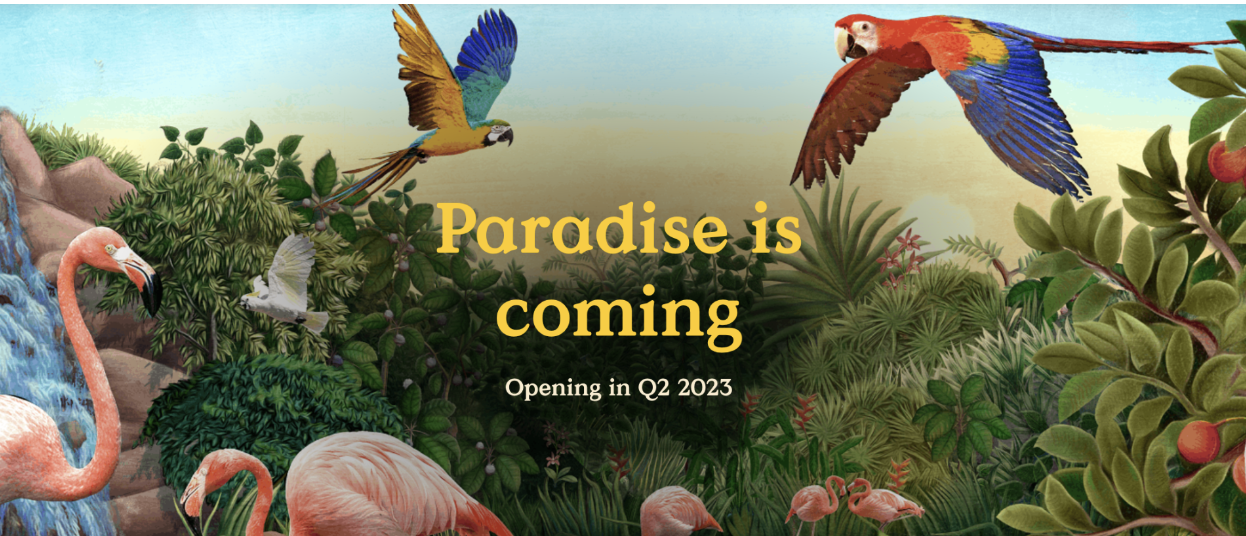
Jurong Bird Park officially ceased its operations on 3rd January 2022 – that’s 52 years of service which makes it even older than most of us! I remember visiting Jurong Bird Park when I was just six years old along with my family as I wanted to see the penguins up close. Revisiting the bird park before its closure strengthened my pride as a Singaporean because Jurong Bird Park has evolved into a world-class tourist attraction.
In fact, Jurong Bird Park had earned the accolade as Asia’s largest bird park, consisting of 3500 birds across 400 species. Among these bird species, 20 per cent of them are endangered in the wild. Under the bird park’s care, I admired how Jurong Bird Park was able to provide a seamless transition for the animal’s rehabilitation.
“Help[ing] with [the birds] training such as getting them to go on weighing scales so we can improve on our care. And things like enrichment, so making sure that the animals are occupied and not just sitting in a space and being bored,” said Mark Rusli, an animal care officer at the Jurong Bird Park.
Conservation Efforts
Aside from providing world-class animal care, Jurong Bird Park was also the first bird park in the world to hatch and raise the black hornbill, the oriental pied hornbill, and twelve-wired bird-of-paradise.

Through the breeding and research centre, Jurong Bird Park cared for the endangered and abandoned eggs to increase their chances of hatching. Their caretakers will then relocate the birds into their respective aviaries once they become old enough.
“I worked at the breeding and research centre where we got to raise quite a few interesting and very unique bird species,” Mark exclaimed while sharing his time raising baby birds. One of his most memorable experiences was raising the baby king penguin and to this day, he is still in awe to have been a part of the programme. How cool is that!
Mark also mentioned that the Jurong Bird Park had formed the assurance colonies for two species of birds – the Santa Cruz ground dove and the Negros bleeding-heart dove. Assurance colonies ensure that the small population of these bird species is conserved in captivity to prevent them from going completely extinct even if they do in the wild.
What Singaporeans Can Be Proud Of
Jurong Bird Park is not just any bird park. Over the years, it has continued to strengthen and uplift the Singaporean spirit through many different ways.
“I’m thankful for being able to bond with my friends and family, meet wonderful staff, and experience exciting adventures with the birds,” said Aiman Irfan, a 20-year-old and frequent visitor of the bird park.

One of the attractions that the Jurong Bird Park boasts is the Waterfall Aviary, one of the world’s tallest man-made indoor waterfalls, towering up to 13 storeys. If you have been to the Waterfall Aviary just like me, catching sight of these birds by strolling along the suspended bridge and soaking in the incredible view of the waterfall was an unforgettable experience.
Hawk Cafe at the Jurong Bird Park had a part to play in igniting the kampung spirit, offering the best of local delights such as Nasi Lemak and Laksa! “The laksa with macaroni [may seem like] a weird combination when you think about it but it’s actually quite delicious,” Mark commented on the things he would miss most about the bird park.
Did you know, Jurong Bird Park also hosted the British royal family! “[The late] Queen Elizabeth II visited the bird park back in 1972, a year after the park was officially opened,” a spokesperson from Mandai Wildlife Reserve shared as one of the bird park’s notable moments.
New Beginnings
Don’t worry, the world-class tourist attraction isn’t finished just yet. So brace yourself as there will be plenty of chances to see these birds up close in the coming months!

“The new bird park will be moving to Mandai Wildlife Reserve to join the other three parks – the Singapore Zoo, the Night Safari, and River Wonders,” Mark responded on where the Jurong Bird Park is relocating.
Expected to reopen in the second quarter of 2023, Jurong Bird Park will be renamed to ‘Bird Paradise’. With the beloved birds already commencing the move to their new home in Mandai after its closure on January 3.
At Bird Paradise, there will be eight walkthrough aviaries with a variety of themes for resident avians and visitors alike to experience — each designed to mimic the natural habitats of the birds living in regions such as the Australian Dry Eucalypt Forest, the Asian Rainforest, and more!

Photo Credit: Mandai Wildlife Reserve
The Jurong Bird Park has definitely served its visitors well. As Mark thanks the bird park for teaching him more about the birds, I would also like to express my gratitude for conserving the lives of different bird species for the future generations to experience.
What are you looking forward to most in Bird Paradise?
Proofread by: Kimberley Caleon
